Plus: How AI is helping historians better understand our past.
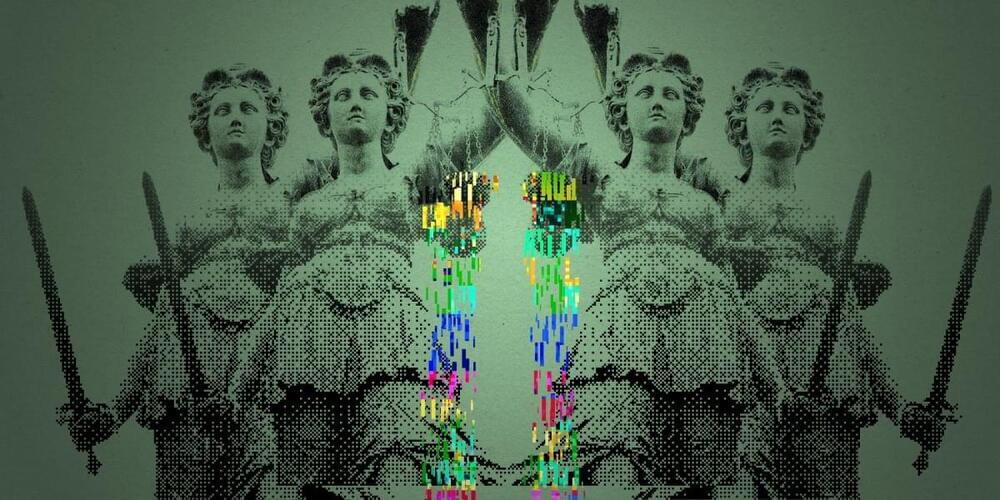

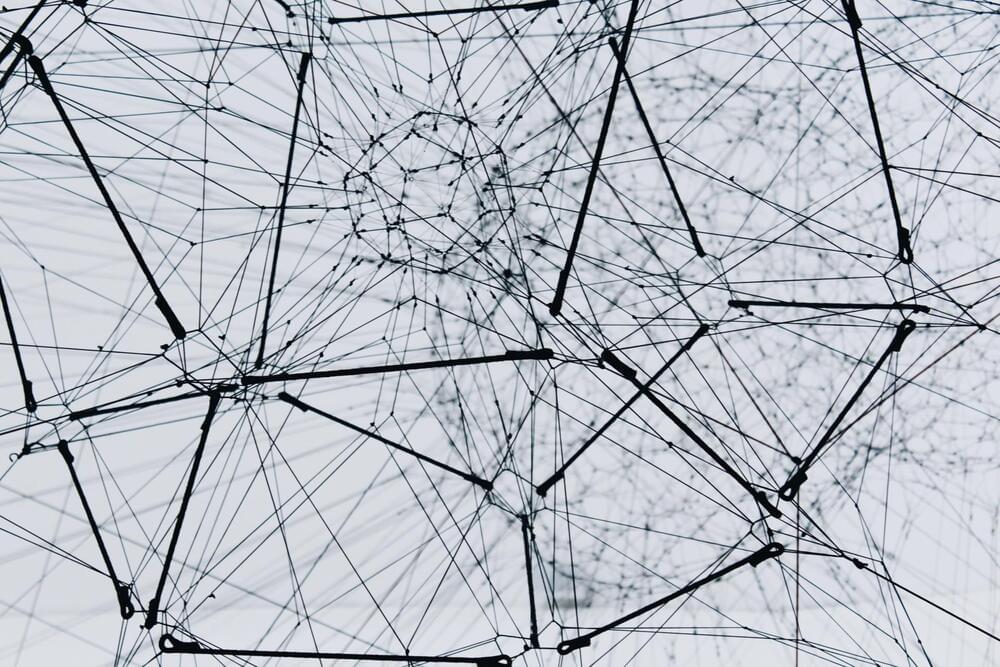
Geoffrey Hinton who won the ‘Nobel Prize of computing’ for his trailblazing work on neural networks is now free to speak about the risks of AI.
Man often dubbed the ‘Godfather of AI’ says part of him now regrets his life’s work.
One of the pioneers in the development of deep learning models that have become the basis for tools like ChatGPT and Bard, has quit Google to warn against the dangers of scaling AI technology too fast.
Alina Grubnyak / Unsplash.
In an interview with the New York Times on Monday, Geoffrey Hinton — a 2018 recipient of the Turing Award — said he had quit his job at Google to speak freely about the risks of AI.
Major record labels are going after AI-generated songs, arguing copyright infringement. Legal experts say the approach is far from straightforward.
A certain type of music has been inescapable on TikTok in recent weeks: clips of famous musicians covering other artists’ songs, with combinations that read like someone hit the randomizer button. There’s Drake covering singer-songwriter Colbie Caillat, Michael Jackson covering The Weeknd, and Pop Smoke covering Ice Spice’s “In Ha Mood.” The artists don’t actually perform the songs — they’re all generated using artificial intelligence tools. And the resulting videos have racked up tens of millions of views.
Can human Drake stop his AI voice clone?
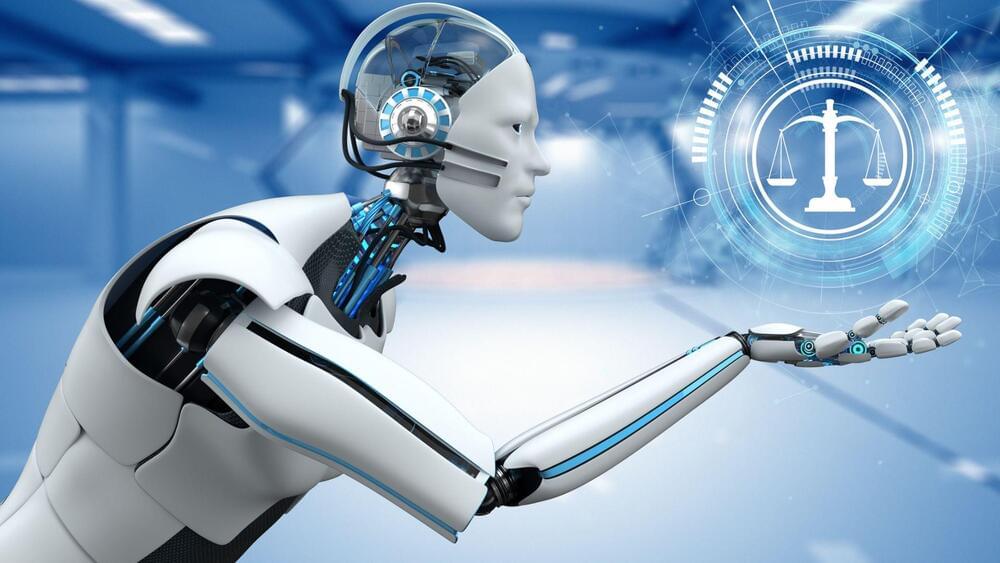
Xtekky, a European computer science student, finds out what happens if you write a program that runs queries through these freely accessible sites and returns you the answer.
In other news, a big company with a non-profit and for-profit subsidiary sues an independent creator trying to make things easier for everyday folks. Even though it technically doesn’t violate its terms and conditions? Perhaps we’ll leave that for the experts to decide.
OpenAI, the creators of ChatGPT, a scourge on teachers and succor to everyone else, opted against free access when it released its newer GPT4 model.
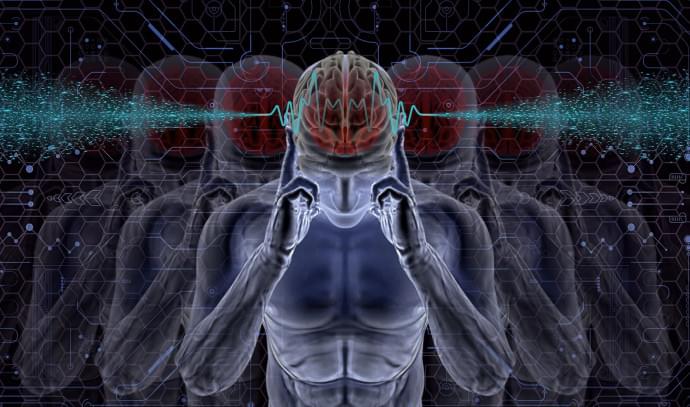
This is an important step on the way to develop brain–computer interfaces that can decode continuous language through non-invasive recordings of thoughts.
Results were published in a recent study in the peer-reviewed journal Nature Neuroscience, led by Jerry Tang, a doctoral student in computer science, and Alex Huth, an assistant professor of neuroscience and computer science at UT Austin.
Tang and Huth’s semantic decoder isn’t implanted in the brain directly; instead, it uses fMRI machine scans to measure brain activity. For the study, participants in the experiment listened to podcasts while the AI attempted to transcribe their thoughts into text.
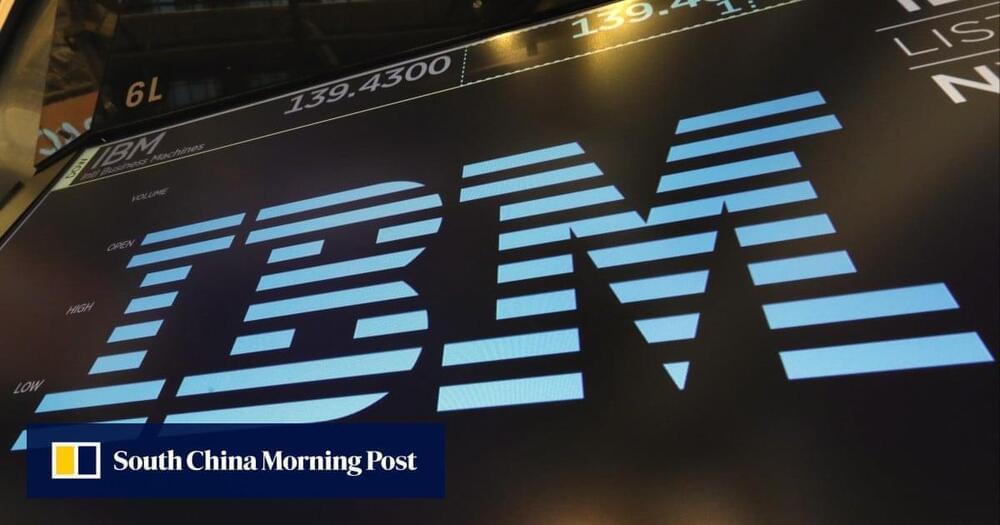
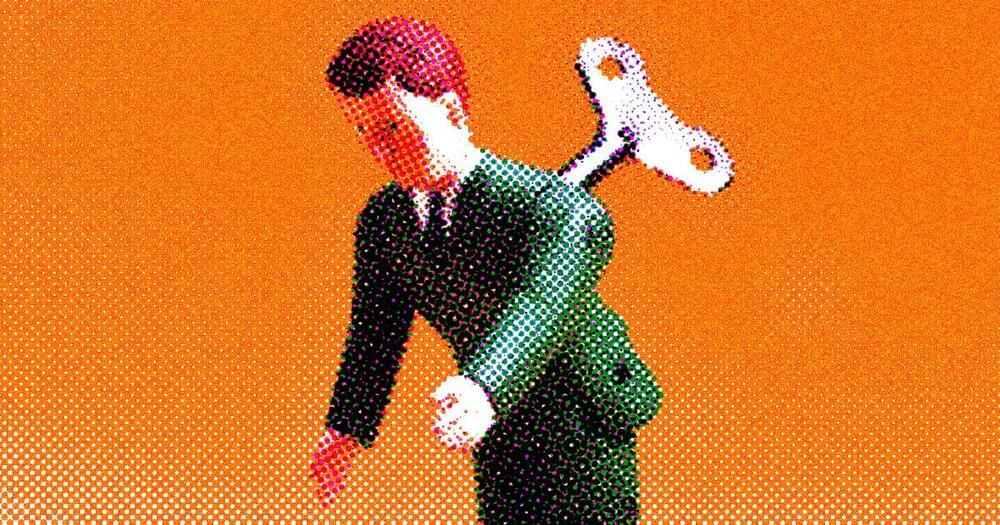

Geoffrey Hinton, who has been called the ‘Godfather of AI,’ confirmed Monday that he left his role at Google last week to speak out about the “dangers” of the technology he helped to develop.
Hinton’s pioneering work on neural networks shaped artificial intelligence systems powering many of today’s products. He worked part-time at Google for a decade on the tech giant’s AI development efforts, but he has since come to have concerns about the technology and his role in advancing it.
“I console myself with the normal excuse: If I hadn’t done it, somebody else would have,” Hinton told the New York Times, which was first to report his decision.
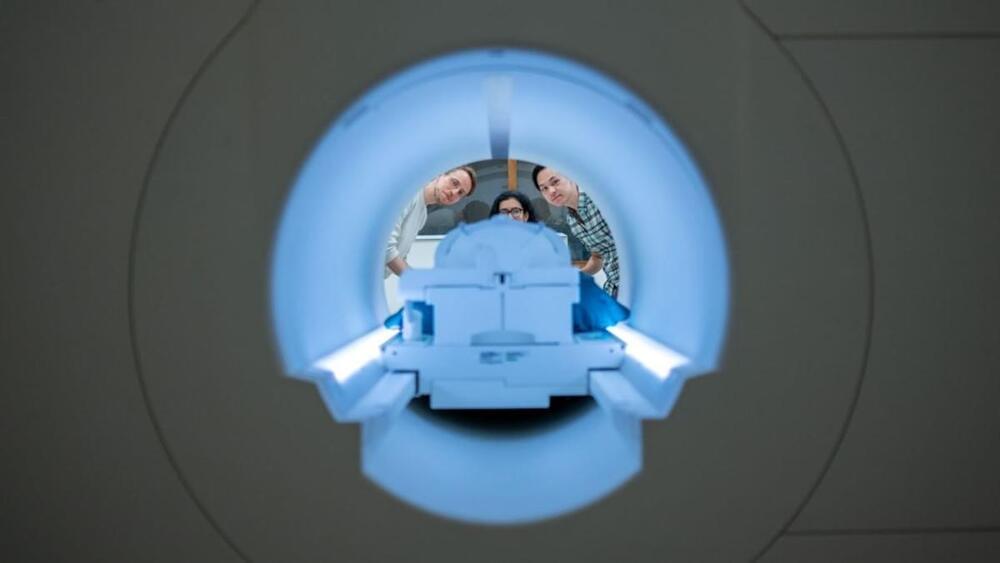
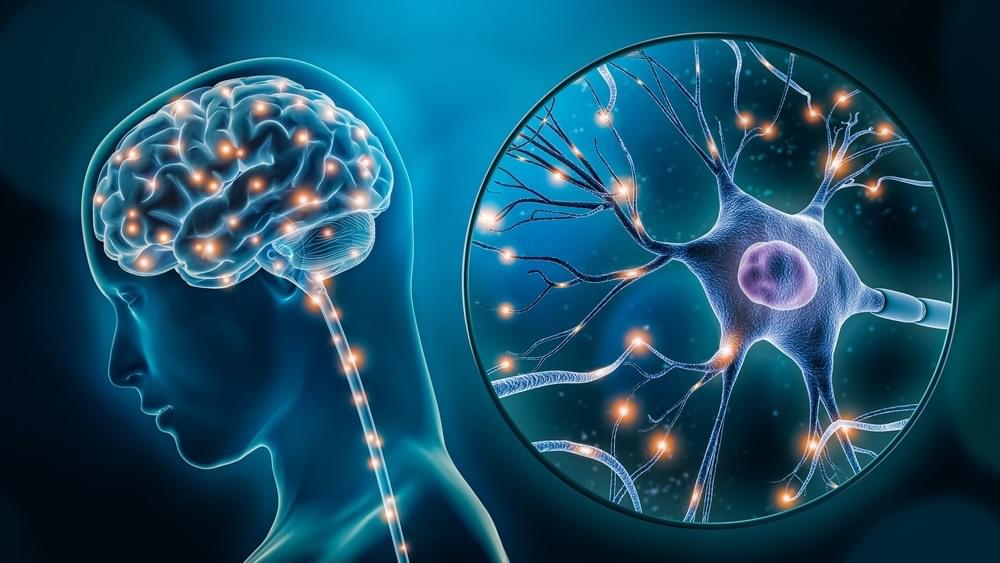
Defining computational neuroscience The evolution of computational neuroscience Computational neuroscience in the twenty-first century Some examples of computational neuroscience The SpiNNaker supercomputer Frontiers in computational neuroscience References Further reading
The human brain is a complex and unfathomable supercomputer. How it works is one of the ultimate mysteries of our time. Scientists working in the exciting field of computational neuroscience seek to unravel this mystery and, in the process, help solve problems in diverse research fields, from Artificial Intelligence (AI) to psychiatry.
Computational neuroscience is a highly interdisciplinary and thriving branch of neuroscience that uses computational simulations and mathematical models to develop our understanding of the brain. Here we look at: what computational neuroscience is, how it has grown over the last thirty years, what its applications are, and where it is going.